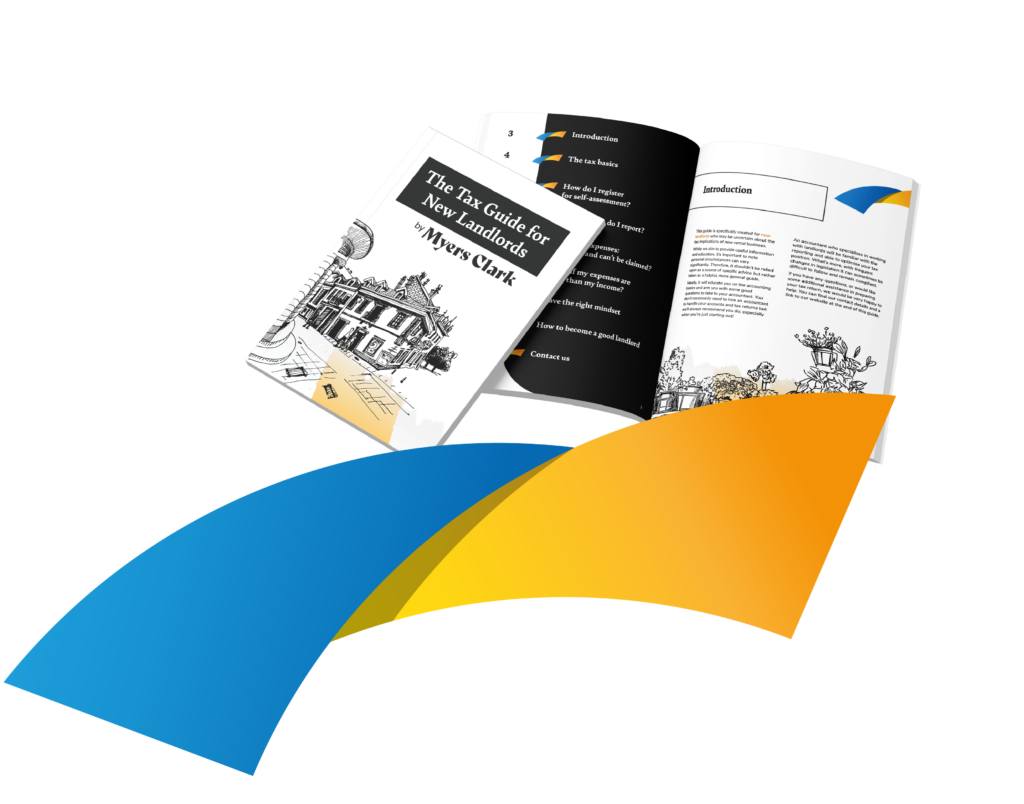As you know the UK tax year runs from April 6th to April 5th. A system that has been in place for centuries. This peculiar timeframe often puzzles people, but it is more a long-standing tradition than a mistake.
This quirky tradition dates to 1582. Before that, the UK operated on the Julian calendar, which was notorious for its errors with leap years and its tendency to drift out of sync with the seasons. Pope Gregory XIII introduced the Gregorian calendar to address these issues, which allowed people to experience seasons at the right time rather than “winter in April.”
To transition smoothly, Britain had to skip 10 days in 1582—just like that, a significant chunk of time was lost. However, instead of immediately adopting the new calendar, the UK continued using the old system for a while longer.
In 1752, Britain finally transitioned to the Gregorian calendar but faced a small problem: the tax year was already established to start on March 25th. To ensure everything continued to function smoothly, they decided to move the date slightly back ending up with 5th April
So, why haven’t we changed the tax year end since?
It’s a classic case of “if it ain’t broke, don’t fix it.” The tax system has developed around this historically significant date. Changing it now might be as unnecessary as saying we shouldn’t have Christmas trees just because of their pagan origins. It might just be simpler to keep things as they are! It is part of our tradition now.
Let’s be honest; we have a fondness for tradition. Unless someone invents a time machine to go back and fix it, the UK tax year will remain on April 5th.
Let’s take a fun journey through the evolution of the UK tax scene over the past few decades, dating back to the 1970s. It has been an interesting development, and amidst all the changes, one aspect remains consistently delightful: the charmingly distinctive tax year!
The 1970’s
The 1970s were quite the rollercoaster ride when it came to finances! It was a time marked by high taxes and rising inflation, with the government frequently facing strikes and industrial action.
In 1974, the top income tax rate jumped to an eye-popping 83% for anyone earning over £20,000, which would be like over £200,000 today! This meant that those in higher income brackets were giving up a significant portion of their earnings to taxes, making it a challenging decade financially.
On the bright side, the tax system back then was a bit simpler, with fewer deductions and allowances to navigate. Plus, this decade introduced some new tax laws, including Value Added Tax (VAT). During this period, the conversation around tax avoidance really heated up, as many individuals and businesses looked for innovative ways to manage their tax bills.
The 1980’s
The 1980s were an important time for tax changes in the UK! When Margaret Thatcher took office in 1979, there was a big shift in economic policy that led to lower income tax rates.
By the middle of the 1980s, the highest income tax rate had dropped to 60%, and by the end of the decade, it was even further reduced to 40%. It’s interesting that the top rate has remained around this level ever since, except for a few years when it was 50%.
The 1990’s
The 1990s were an exciting time with the dot-com boom, economic growth, and a world that felt more connected than ever! As the UK economy was evolving, its tax policies were keeping pace with these changes. For instance, income tax rates saw some nice reductions, with the highest rate dropping to 40%. Plus, the personal allowance began to rise gradually, although we’ve noticed it’s been a bit stuck lately.
This decade also brought some great new tax initiatives to help people save and invest more easily. One of the standout ideas was ISAs, which provided a tax-free way to put money aside for the future.
The 2000’s
By the 2000s, the UK tax system was starting to change to meet the needs of modern life. The “New Labour” government, brought in a more progressive approach to taxes. This meant higher taxes for the wealthiest individuals and more benefits for families with lower incomes.
The 40% tax rate remained in place for high earners, while personal allowances were increased to keep up with inflation. In 2010, a new 50% tax rate was introduced, but in 2013, it was adjusted down to 45%. These changes aimed to make the tax system fairer for everyone!
Today & what’s next
Today, it seems like tax has gotten a bit more complicated again. While the tax rates haven’t changed much, we’ve seen a significant shift in Employer’s National Insurance.
Last year’s Autumn Budget brought about a bunch of changes, including tweaks to Stamp Duty, Capital Gains, and Inheritance Tax. Looking ahead, we’re gearing up for Making Tax Digital for landlords and the self-employed, so it feels like things are getting a little more involved!
We are serious about you and your ambitions and are ready to help.
If you want to feel more confident and calmer about your taxes, visit our web page here

